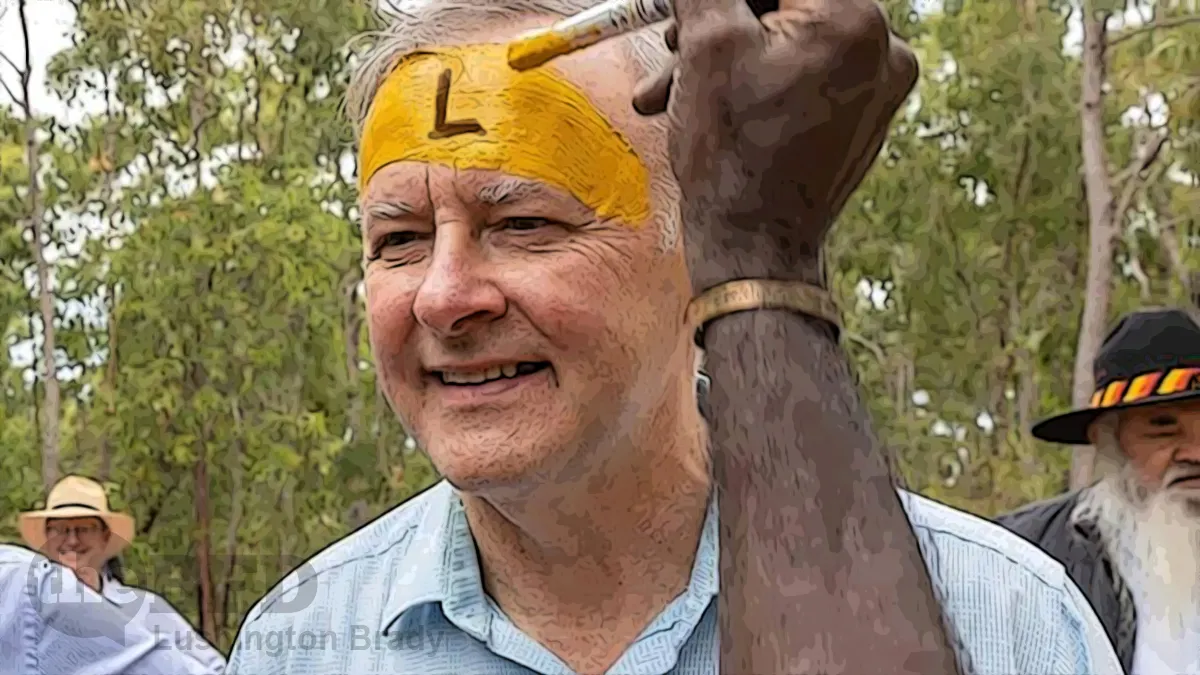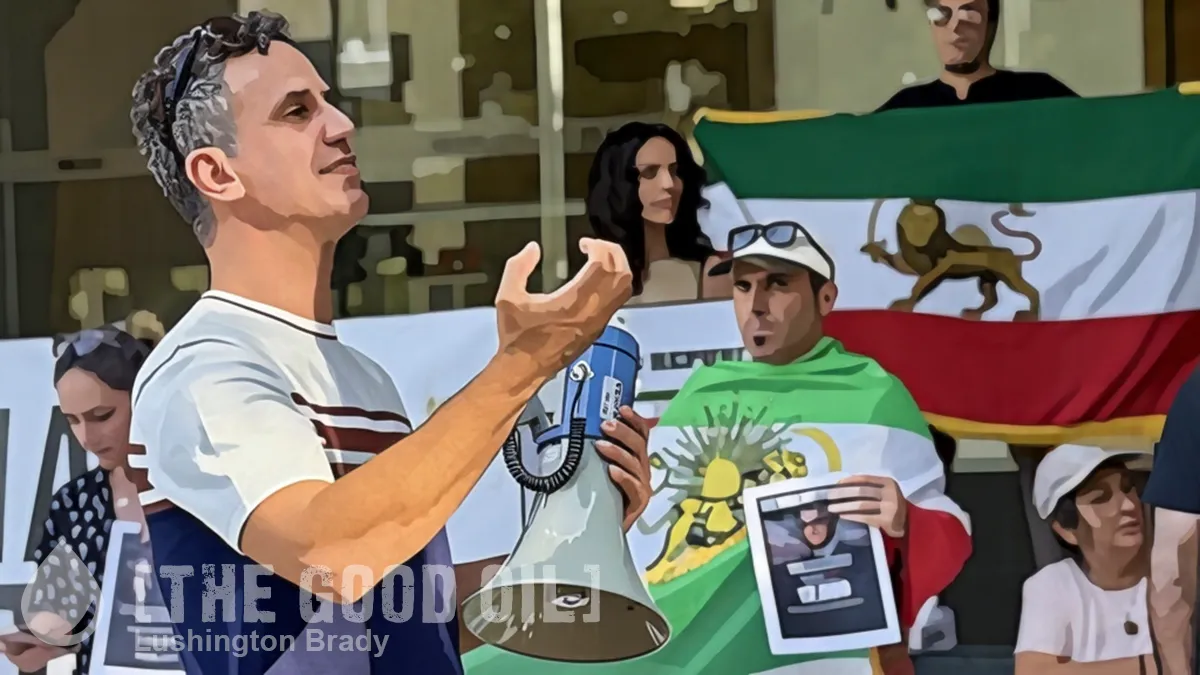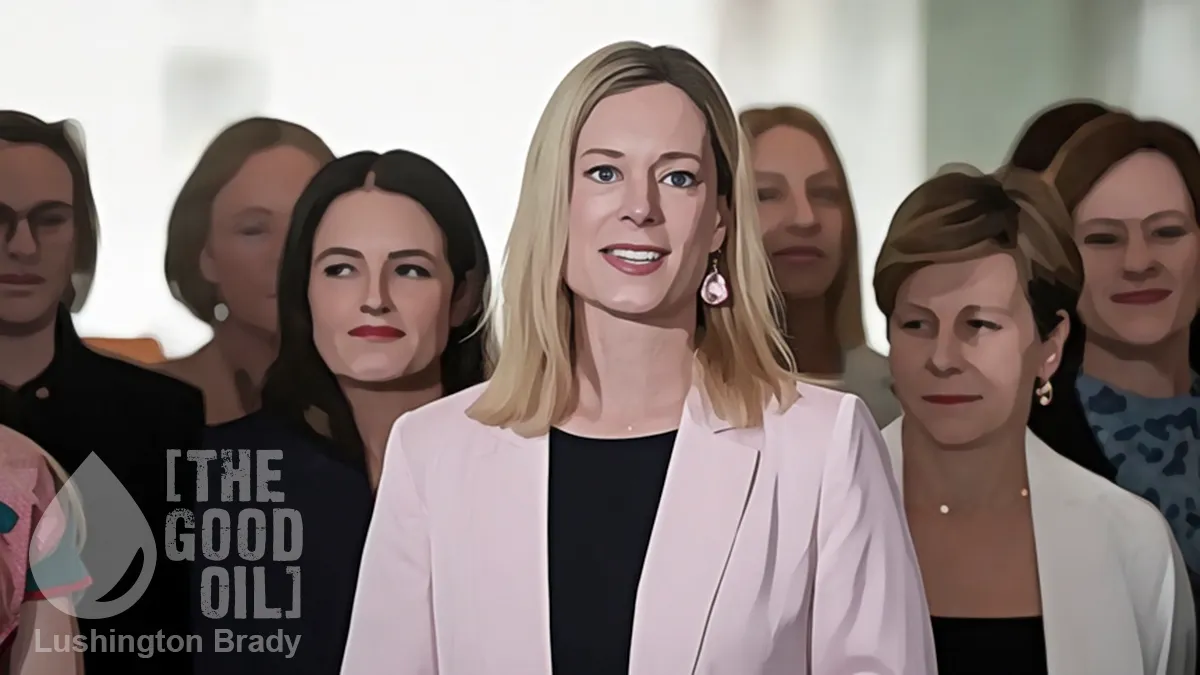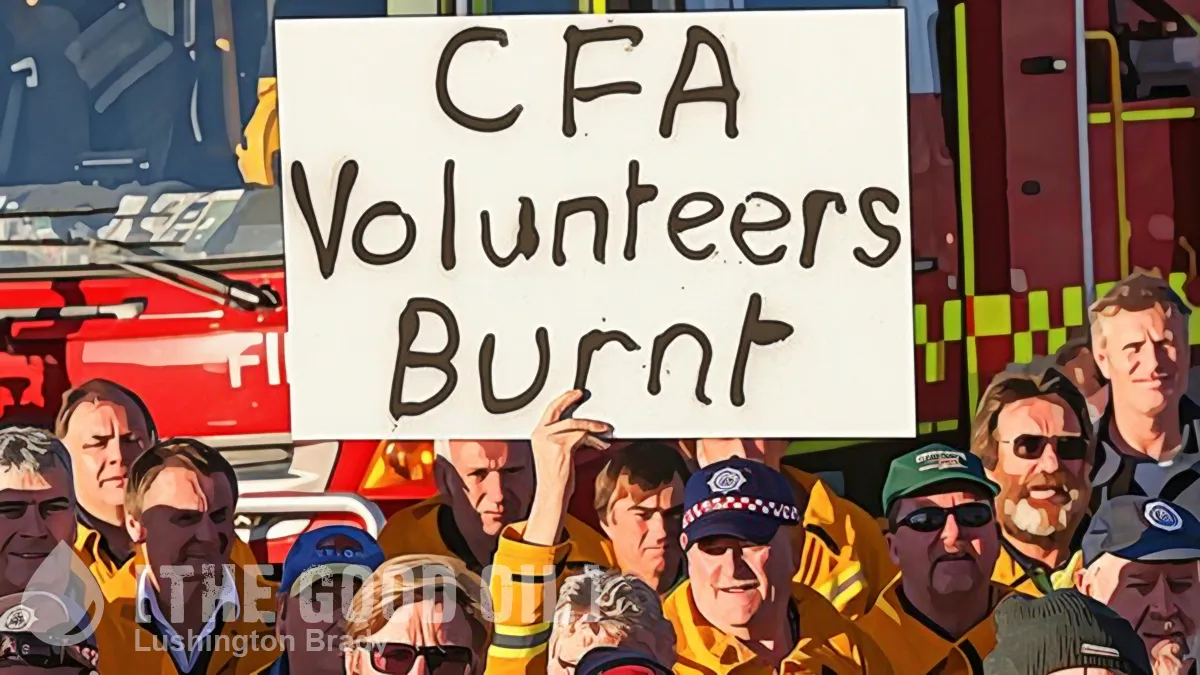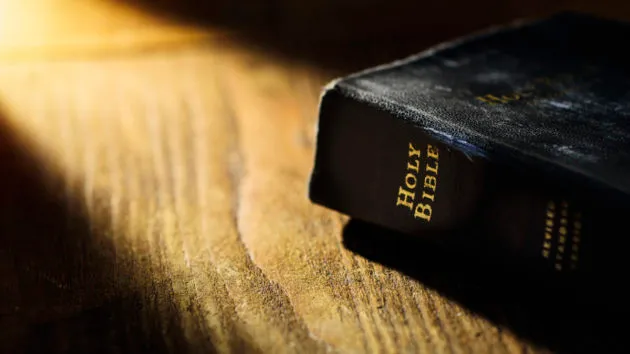Table of Contents
The first rounds of polls since the Voice referendum defeat are in, and the news is dire for PM Anthony Albanese. Not fatal, perhaps, or at least not yet, but yet another indication that the Labor government is fast bleeding out in its first term. Combined with polling on the eve of the referendum, which showed support for Albanese already collapsing, the results seem to confirm that the referendum was a political disaster for the government.
Unlike former UK PM David Cameron, who resigned in the wake of losing the Brexit referendum, Albanese is clearly hoping to weather the storm. His only problem is that his government is a ship taking on water at a rate of knots, with no easy repair in sight. The economy is in a shambles, and about to get even worse, as likely successive interest rate rises push many middle-income homeowners over the edge into mortgage default.
The backlash against a government which repeatedly promised cost-of-living relief, yet delivered the precise opposite, will be brutal.
Anthony Albanese’s approval ratings have fallen sharply in the wake of the referendum defeat and the decline in living standards as the political contest between Labor and the Coalition narrows to the closest margin since the 2022 election.
An exclusive Newspoll conducted for The Australian shows the gap between the prime minister and Liberal leader Peter Dutton has also tightened significantly, with only 10 points now separating the two leaders.
The first major poll since the defeat of the Indigenous voice referendum on October 14 shows the Coalition now leading Labor on the primary vote, 37 per cent to 35 per cent.
Which is higher than the primary vote which won Albanese government. But what matters, of course, is the two-party-preferred count, which still has Labor leading, although its margin has been slashed.
And there’s little that Albanese can pull out of his hat to reverse the trend.
Amid rising global tensions, the fallout of the October 7 Hamas terrorist attack on Israel and enduring cost-of-living concerns, with fears of another interest rate hike on Tuesday, Mr Albanese has suffered his worst approval rating since his time as opposition leader […]
The political debate following the referendum has been dominated by cost-of-living concerns and accusations that the government had mismanaged community divisions over the Hamas terrorist attack on Israel.
The Australian
Labor has wedged itself, between trying to mollify its own feral, anti-Israel party-room and its virulently anti-Semitic core constituency, Sydney’s heavily Muslim western suburbs. Where mobs chanting “gas the Jews!” march in celebration of Hamas’ barbaric slaughter.
The only supposedly positive story Albanese has is his grovelling, cap-in-hand Chinese visit. This is unlikely to impress voters in suburban Australia who are both justifiably suspicious of China and thoroughly fed up with “Airbus Albo” conspicuously fleeing the country every time the going gets tough.
Even more ominously for Labor, voters are endorsing a centre-right agenda that neither an old Marxist PM nor his feral, far-left caucus will countenance for a second.
Middle Australia has strongly backed tax cuts for individuals and a curb on government spending to help ease the inflation burden, as the nation braces for another potential interest rate hike on Tuesday.
Not, of course, that voters have completely weaned themselves off the state teat.
An exclusive Newspoll – conducted ahead of Tuesday’s meeting of the Reserve Bank to consider a first interest rate rise in five months – showed that a majority of people believed the best thing the government could do was to subsidise energy bills. This was followed by subsidising fuel prices, cutting government spending to reduce inflation, and tax cuts for individuals.
While still favoured by a majority of Australians, the provision of cash payments to low-income households was the least favoured option.
You can’t “curb government spending”, and at the same time demand the government spend more on welfare. The seemingly conflicting demands show not just the widening gap between the leaners and the lifters, but the economic good sense of middle Australia, against the champagne socialism of the wealthy who vote Teal/Green.
The Newspoll of 1220 voters revealed conflicting priorities among different age and income groups on how the government should respond to cost-of-living pressures. Lower-income households nominated cash payments ahead of tax cuts. But among 35 to 59 year-olds, tax cuts were considered the greatest priority after energy bill relief, ahead of payments to the poor, spending cuts and fuel subsidies.
Tax cuts were favoured more by those on incomes of between $50,000 and $149,000 than higher-income households and the lowest paid.
The Australian
What the opposition needs to do now, more than ever, is move past the referendum and start hitting the government hard on the cost of living. Most importantly, it needs brave leaders with the guts to point out that government policy, from mass immigration to climate derangement, is the prime driver of the cost-of-living crisis.
The media and the chattering classes will faint and scream, of course, but they always do. Voters, on the other hand, will quietly listen.

